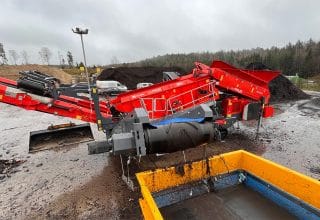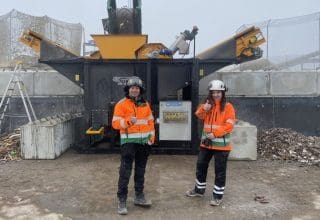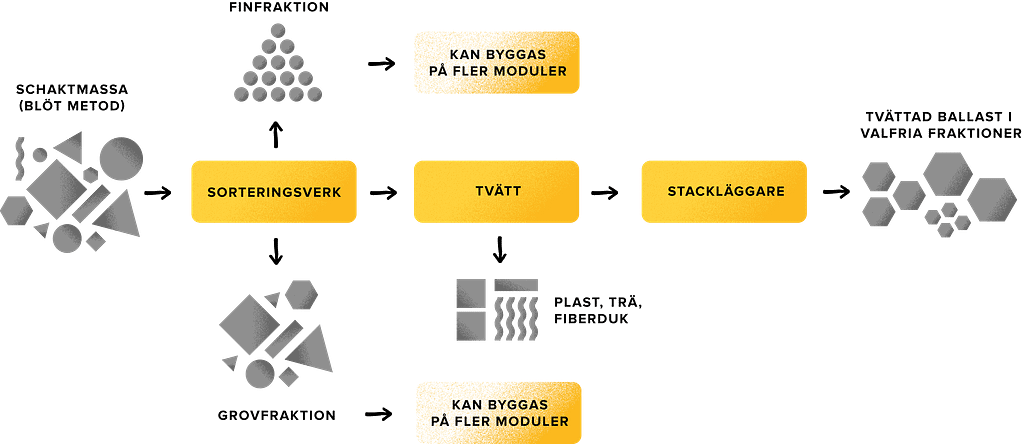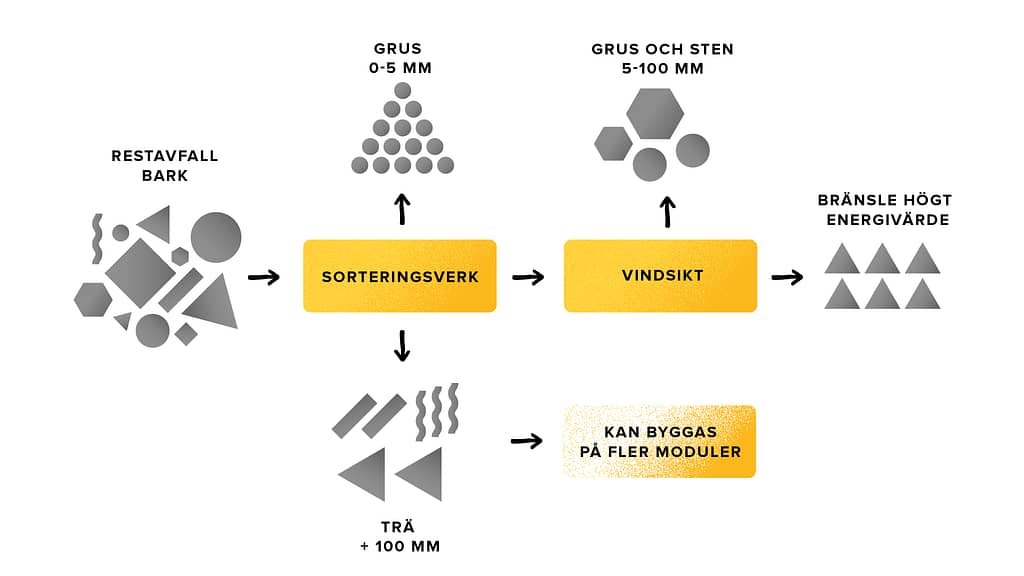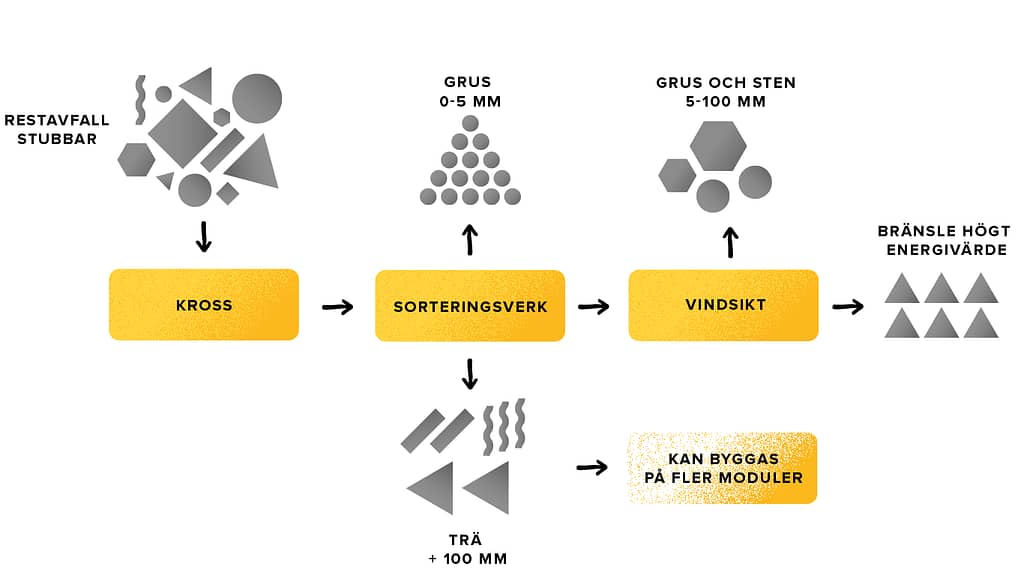The shareholders of Norditek Group AB reg. no. 559307-6986 (the "Company" or "Norditek"), with registered office in Askim, are hereby invited to the Annual General Meeting on Wednesday, January 25, 2023 at 17.00. The general meeting will take place at Arkipelagen Företagscenter, Stora Åvägen 21, Askim in Gothenburg.
Eligibility and registration
Shareholders who wish to participate in the general meeting shall:
be entered in the share register maintained by Euroclear Sweden AB on Tuesday, January 17, 2023 (for nominee-registered shares, see also "Nominee-registered shares" below),
notify the Company no later than Thursday, January 19, 2023 at the address Norditek Group AB, Stora Åvägen 21, 436 34 Askim or by e-mail: info@Norditek.se. The notification should state the shareholder's name, personal or organization number, address and telephone number, shareholding and any assistants.
Information provided at registration will be processed and used only for the purpose of the meeting. See below for further information on the processing of personal data.
Fiduciary registered shares
In order to be entitled to participate in the meeting, a shareholder who has had his/her shares registered in the name of a nominee must, in addition to registering for the meeting, register the shares in his/her own name so that the shareholder will be included in the presentation of the share register as of Tuesday 17 January 2023. Such registration may be temporary (so-called voting right registration) and is requested from the nominee in accordance with the nominee's routines in such time in advance as the nominee determines. Voting rights registration made by the nominee no later than January 19, 2023 will be taken into account in the preparation of the share register.
Ombudsman
Shareholders to be represented by proxy must issue a written, signed and dated power of attorney. The power of attorney may not be older than one year, unless a longer period of validity is specified in the power of attorney, in which case it may not exceed 5 years. If the power of attorney is issued by a legal entity, a certified copy of the valid registration certificate for the legal entity (or equivalent document for a foreign legal entity) must be attached to the power of attorney. The documents must not be older than one year.
To facilitate registration, the original power of attorney, certificate of registration and other authorization documents should be received by the Company at the above address well in advance of the meeting.
DRAFT AGENDA
- Election of the chairman of the meeting
- Election of one or more verifiers
- Preparation and approval of the voting list
- Approval of the draft agenda
- Examination of whether the meeting has been duly convened
- Presentation of the annual accounts and audit report
- Decision on:
- adoption of the income statement, balance sheet, consolidated income statement and consolidated balance sheet
- appropriation of the company's profit or loss in accordance with the adopted balance sheet
- discharge from liability for the members of the Board of Directors and the Managing Director
- Determining the number of directors and auditors
- Determination of fees for the board of directors and the auditor
- Election of the board of directors, deputy directors and auditor
- Resolution on authorization for the Board of Directors to decide on a new issue of shares with or without deviation from the shareholders' preferential rights
- Decision to establish a warrant program for senior executives and key employees.
- The meeting is closed
PROPOSED DECISION
Item 1 - Election of the Chairman of the meeting
The Board of Directors proposes that Göran Nordlund, Chairman of the Board, be elected Chairman of the Meeting.
Item 7 b - Resolution on allocation of the company's profit or loss according to the adopted balance sheet
The Board of Directors proposes that the Annual General Meeting resolves that the funds at the disposal of the Annual General Meeting be carried forward and that no dividend be paid to the shareholders.
Item 8 - Determining the number of directors and auditors
The Board of Directors proposes that the Board of Directors shall consist of five (5) members with no deputies.
The Board of Directors further proposes that an authorized accounting firm shall be appointed as auditor, with no deputy auditors.
Item 9 - Determination of fees for the Board of Directors and the auditor
The board of directors proposes that the annual general meeting resolves that board fees of SEK 52,500 (one price base amount 2023) shall be paid to the external board member Nina Modig for the period until the end of the next annual general meeting. Other board members who are also major shareholders in the Company shall not receive any board fees. Furthermore, the board of directors proposes that fees to the auditor shall be paid according to approved invoice.
Item 10 - Election of the board of directors, deputy directors and auditor
The board of directors proposes that the annual general meeting decides to re-elect the board members Göran Nordlund, Daniel Carlberg, Eric Johansson, Martin Larsson and Nina Modig and to decide on the re-election of the registered accounting firm Bright Norr AB. Bright Norr AB has announced that if the annual general meeting approves the proposal, the authorized auditor Oskar Hettinger will be the auditor in charge. All for the period until the end of the next Annual General Meeting.
Item 11 - Resolution on authorization for the Board of Directors to resolve on new issues of shares with or without deviation from the shareholders' preferential rights
The Board of Directors proposes that the Annual General Meeting resolves to authorize the Board of Directors, for the period until the end of the next Annual General Meeting, on one or more occasions and with or without deviation from the shareholders' preferential rights, to decide on a new issue of shares. The purpose of the authorization is to increase financial flexibility and the Board's scope of action.
The authorization may be used to issue a maximum of ten (10) percent of the total number of outstanding shares in the Company at the time of the issue decision.
The issue price shall be determined on market terms.
The reason for the deviation from shareholders' preferential rights is that newly issued shares or the amount raised in a new share issue can be used as payment for the acquisition of businesses, companies or shares in companies.
The issue may be made in cash and/or against payment in kind and/or through set-off.
The board of directors, or the person appointed by the board of directors, shall otherwise be entitled to make such amendments to the above resolution as may be necessary in connection with its registration and to take such other measures as are necessary to implement the resolution.
Item 12 - Resolution to establish a warrant program for senior executives and key employees.
The Board of Directors proposes that the meeting resolves to introduce an incentive program. The warrant program means that the company issues a maximum of 350,000 warrants to the wholly-owned subsidiary Norditek Produktion AB, which entitles the holder to subscribe for a maximum of 350,000 shares in the company with the right and obligation for Norditek Produktion AB to handle the warrants in accordance with the warrant program.
Subscription of shares under the option program shall take place during the period from 1 February 2026 up to and including 28 February 2026. Upon subscription of shares, the share capital will increase by a maximum of SEK 35,000.
The subscription price for shares subscribed for by virtue of the warrants, as described above, shall be 150% of the average volume-weighted share price on January 1, 2023 and January 30, 2023.
Norditek will publish the subscription price before the first day of the exercise period.
Norditek Produktion AB shall offer senior executives and certain key personnel to acquire the warrants at market price no later than February 28, 2023, which will be determined by valuing the warrants in accordance with the Black & Scholes valuation model.
The subscription price shall be paid in cash no later than March 30, 2023.
As reasons for deviating from the shareholders' preferential rights, the Board of Directors invokes the following:
Option programs contribute to higher motivation and commitment among employees and strengthen the ties between the employees and the company. A long-term commitment of the participants is expected to increase the interest in the business and the development of the company's results. Furthermore, it is the Board's assessment that
The Option Program will contribute to the possibilities to recruit and retain knowledgeable and experienced employees and is expected to increase the employees' interest in the business and the development of the company's results. Overall, it is the Board's assessment that the Option Program will benefit both the employees and the company's shareholders through an increased share value.
The board of directors further proposes that the meeting authorizes the board of directors, or the person appointed by the board of directors, to make minor changes to the above resolution that may be required for registration with the Swedish Companies Registration Office.
OTHER INFORMATION
Majority requirements
A valid resolution to authorize the Board of Directors to issue new shares (item 11) above requires approval by at least two thirds (2/3) of both the votes cast and the shares represented at the Annual General Meeting.
A valid resolution to authorize the board of directors to resolve on a warrant program (item 12) above requires approval by at least nine tenths (9/10) of both the votes cast and the shares represented at the annual general meeting.
Number of shares and votes
At the time of the issuance of this notice, the total number of shares and votes in the Company amounts to 12,637,727.
Meeting documents
The annual report, auditor's report and other documents are available on the Company's website, www.norditek.se, at the Company's address Stora Åvägen 21, 436 34 Askim and will be sent free of charge to shareholders who request it and provide their postal or e-mail address.
Information at the meeting
The board of directors and the managing director shall, if any shareholder so requests and the board of directors considers that it can be done without material harm to the Company, provide information at the general meeting on circumstances that may affect the assessment of an item on the agenda and circumstances that may affect the assessment of the Company's or its subsidiaries' financial situation and on the Company's relationship with other companies within the group.
Personal data
For information on how your personal data is processed, please refer to the privacy policy available on Euroclear's website, www.euroclear.com/dam/ESw/Legal/Integritetspolicy-bolagsstammor- english.pdf.
Certified advisor
Partner Fondkommission AB (phone 031-761 22 30 / www.partnerfk.com) is the company's Certified Adviser on Nasdaq First North Growth Market.
For further information:
Daniel Carlberg
Phone: +46702190491
Mail: daniel.carlberg@norditek.se
_____________________________
Askim in Dec 2022
Norditek Group AB
Board of Directors


